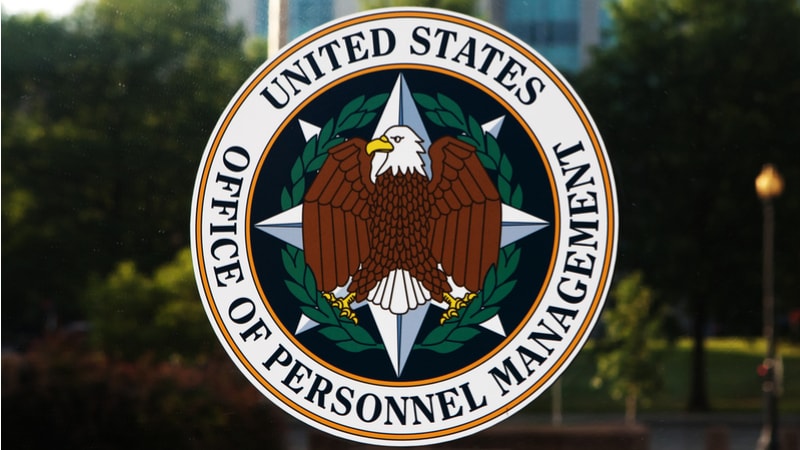
The Office of Personnel Management (OPM) is planning to start re-opening its offices and released a facilities preparedness guide on June 2 that provides an enterprise-wide, risk management assessment for its blueprint to send Feds back to the office.
“The guide provides an enterprise-wide, risk management lens to a phased approach for nationwide opening at OPM facilities,” the agency states in the guide. “Agency leadership can implement this guidance on a facility-by-facility basis as the issues facing each building will differ across the country.”
Based on guidelines from the Centers for Disease Control and Prevention and the “Opening Up American Again” plan from the White House, OPM will follow the three gates criteria as it plans to reopen. The first gate requires a downward trajectory of flu-like and COVID-like symptoms over a period of 14-days. Next, there must be 14 days of downward trajectory of documented COVID-19 cares or a 14-day decrease of positive cases. Finally, hospitals must be able to treat all patients without crisis care before OPM will begin phase one of office re-opening.
Once each “gate” has been met, OPM will begin its three-phased plan to help employees return to the office locations. The first phase will continue to encourage employees to telework and minimize non-essential travel. Senior staff will be designated as points of contact to work with the OPM reopening task force and some individuals may be required to return to OPM workspaces to perform essential duties.
During phase one, OPM also plans to redesign its workspaces to accommodate social distancing guidelines. Employees that have to come into the office will work in shifts when possible, walk-up services will have sneeze guards, desks will be six feet apart, and any on-site food services will be to-go only. Common areas where individuals are likely to congregate will be closed. Face coverings will not be required at OPM facilities, except for certain members of the staff, but other employees can choose to wear them.
When the agency progresses to phase two, telework will still be encouraged and OPM will continue to implement its social distancing guidelines. OPM employees with essential duties or jobs that are “better performed if executed in OPM workspaces” will be required to return to the office. Unlike phase one, phase two does not list any stipulations on non-essential travel.
Phase three will allow offices to “resume unrestricted staffing of worksites.” Employees can make special accommodations on a case-by-case basis as needed, but social distancing protocols at the offices will be reviewed and revised as necessary. That said, under phase three OPM still suggests that vulnerable populations take precautionary measures in public. Supervisors and employees will be trained on reporting health and well-being incidents to the agency to monitor and make decisions about the situation as it evolves.
“As the circumstances informing movement from one phase to another change, agency leadership will consider reverting to a previous phase, including telework, should gating criteria indicators erode in the communities surrounding operating sites,” OPM stipulated in its guide.
Included in the guide, OPM included examples of signage it will post throughout its facilities as employees return. Information on COVID-19 symptoms, common area sanitization, and considerations for visitors will be posted on site.
